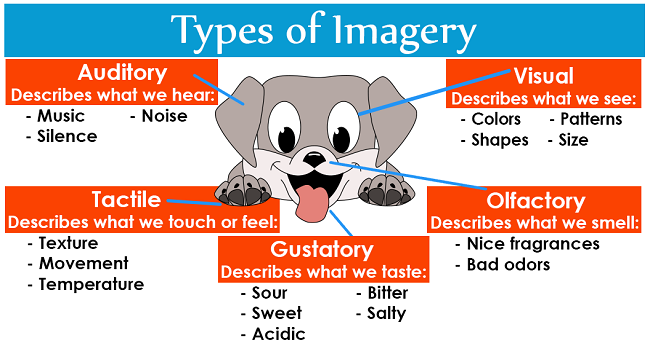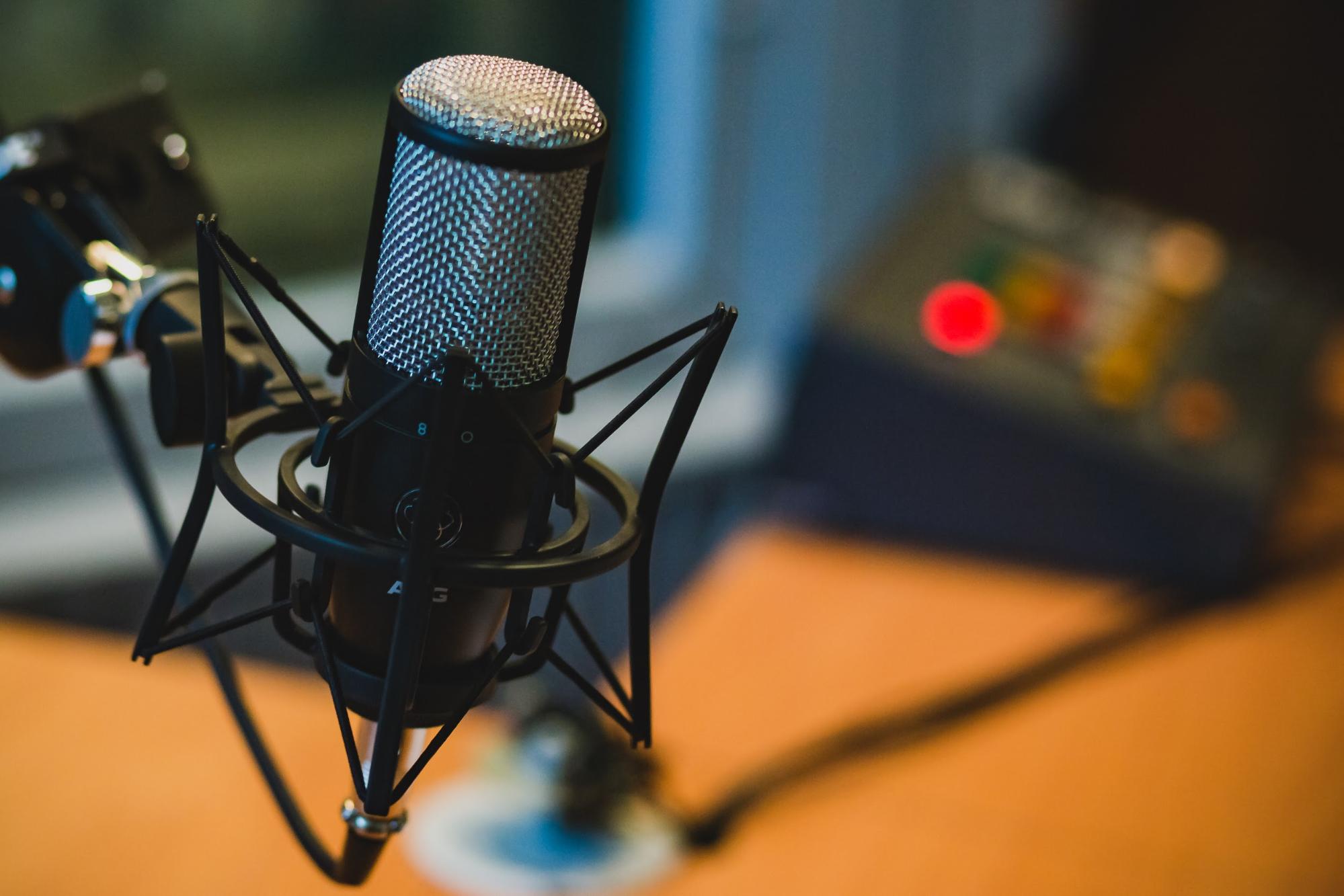
Let’s learn about literary devices.
Getting familiar with them enables you to interpret what speakers mean more easily. Needless to say, it helps as you work on transcripts.
As you know, one of the key transcription skills is comprehension. You ought to have a strong grasp of the English language.
Each time you transcribe an audio or video recording, you learn new things and encounter new phrases that you might not be familiar with.
While automated transcription continues to improve, your ability to understand the conversation’s context is unique.
Many scenarios require the most accurate transcripts available. For these instances, we rely on experts.
Professional transcribers regularly hone their skills. Get better by demystifying literary devices…
What Are Literary Devices Anyway?
According to Master Class, writers use literary devices to hint at larger themes, ideas, and meaning in a story or piece of writing.
Such tools create a striking effect by heightening the audience’s imagination.
As a transcriber, you regularly encounter these literary devices, so it’s a good practice to get accustomed to them.
While there’s a lengthy list of literary devices, let’s warm up with this hand-picked list. Below, you will find popular literary devices that will help you understand the context of speeches and conversations.
Irony
Studiobinder states that irony is fundamental in storytelling. It involves using words that signify the opposite of one’s intended message.
For example, you may hear the audio file dialogue that the speaker is not happy with the situation and say “great!”, but clearly, they are not. You likely know that this is sarcasm, which is a form of verbal irony.
It’s likely that you regularly encounter forms of irony when transcribing, while watching movies, or even in everyday conversations.
Metaphor
Grammarly states that metaphor is poetically calling things something else. In short, it is a direct comparison of two things that are often unrelated to each other.
“The equipment used at the conference was as old as dinosaurs.”
This is a way of saying that the equipment is too old, even if it’s nowhere close to literally being as old as dinosaurs.
Metaphors allow you to understand and imagine multiple descriptions and images in a short sentence.
Simile
According to Literary Terms, a simile is comparable to metaphor as it compares two different things, but it shows a shared quality. The comparison relies on the words “as” or “like”.
Don’t be confused with a comparison and simile even if they use the word “like.”
“She is bright like you” is a comparison.
“She is bright like the star” is a simile, as it compares a woman with something of a different kind – the star.
The next time you encounter a simile, you don’t have to be confused when the speaker tries to connect unrelated terminologies in a sentence.
Imagery

Types of Imagery via LiteraryTerms
LitCharts describes imagery as a language used to create images on the readers’ minds (or listeners) by using words that appeal to all human senses.
Like our basic five senses, there are five types of imagery commonly used as well.
- Visual imagery (sight)
- Auditory imagery (hearing)
- Olfactory imagery (smell)
- Gustatory imagery (taste)
- Tactile imagery (touch)
You have most likely encountered imagery through descriptive songs, plays, movies, or your favorite television series.
Personification
Literacy Ideas gave a simple definition for this literary device. “Personification is the process of giving objects or animals human-like characteristics.”
Through personification, we add more spice and color to the audience’s imagination.
“The wind sang a beautiful melody under the moonlit sky.”
In that example, we know that the wind doesn’t literally sing, but we appreciate the intended message by imagining the personification.
Symbolism
LiteraryDevices pointed out that we use symbolism in everyday life without even realizing it.
Symbolism can be seen in everyday things, from company logos to names of sports teams using fearless animals like lions, bulls, and bears.
It can also be found in cultural symbols. For instance, a rose can symbolize romance, courtship, and Valentine’s Day.
Improve Your English Language Skills
According to Ethnologue, 15% of the global population speaks English, and it is a common language that connects people from different backgrounds.
It’s said that language is always changing; it will greatly benefit you to understand how the art of playing with words will define a context.
It’s also a great practice to pick up new slang terms and abbreviations that come up every now and then.
When in doubt, whether you understand the term or word correctly, doing a bit of research will significantly help you with the task at hand.
Over to You
As a transcription professional, you’d like to continually sharpen relevant skills. It also helps that these abilities will aid you with everyday communication outside of this job.
Ultimately, we hope that this will help you refine transcripts to deliver the quality that we promise to customers.
Our four-step process makes Scribie stand out from the rest of the transcription services in the market. By understanding literary devices and similar concepts, let’s enhance our ability to deliver the most accurate transcripts on a consistent basis.
What literary devices do you mostly hear with the audio files you work on? Share them through the Slack community.
Not yet transcribing with Scribie? Consider applying for a home-based transcription role. Learn more here.

